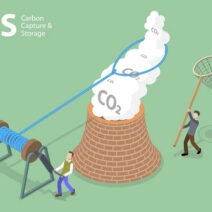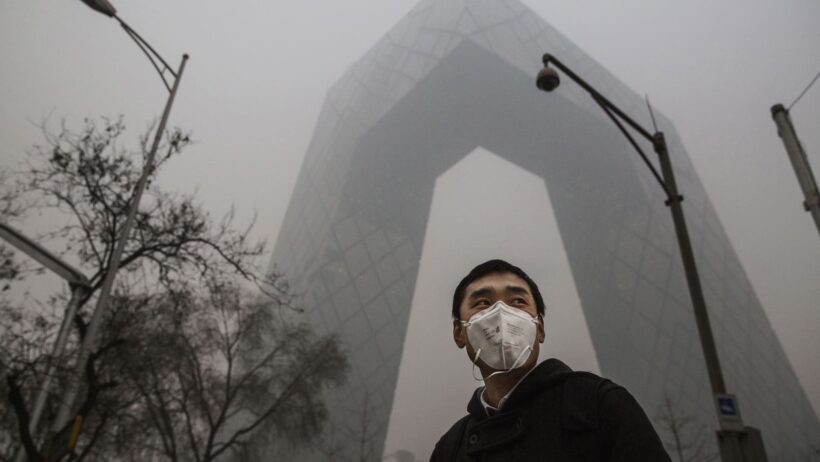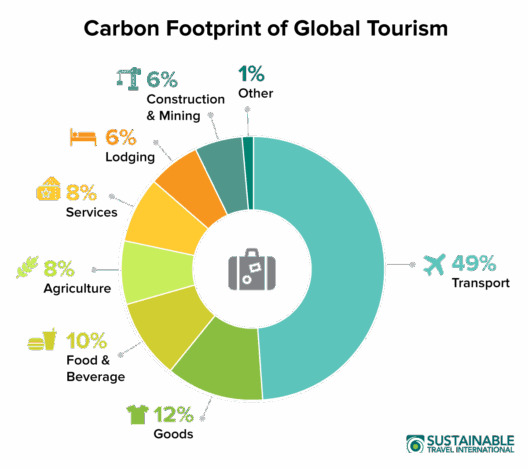The Paris Climate Agreement stands as a beacon of hope in the realm of international environmental policy. Designed to combat the pernicious effects of climate change, it seeks to orchestrate a symphony of nations, each contributing its unique notes to a collective effort aimed at stabilizing Earth’s climate. At the heart of this ambitious accord lies a singular mission: managing global temperatures through a mélange of commitments, innovations, and cooperative strategies.
Imagine the planet as a delicate glass sculpture, intricate and irreplaceable, teetering on the brink of shattering due to the relentless rise of greenhouse gas emissions. The Paris Agreement symbolizes the concerted endeavor of the global community to adroitly adjust the thermostat, achieving a precarious balance between human activity and environmental sustainability. Its paramount objective is to limit global warming to well below 2 degrees Celsius above pre-industrial levels, ideally aiming for a 1.5-degree cap. This ambitious target is not merely a numeric goal; it is a lifeline for millions threatened by climate-related disasters.
To facilitate this monumental task, the framework of the Paris Agreement is meticulously crafted. It employs a bottom-up approach, empowering each nation to determine its specific contributions, known as Nationally Determined Contributions (NDCs). This framework deviates from the top-down, prescriptive strategies of previous accords, such as the Kyoto Protocol, which often stifled flexibility and commitment. The individuality allowed by NDCs befits the diverse capacities and challenges faced by nations, acknowledging that what works for one may not suit another.
The amalgamation of specific pledges under the Paris Agreement resembles a patchwork quilt, where each square is distinct yet vital to the warmth of the whole. The climate tapestry is rich with the unique stories of nations—developed and developing alike—each weaving in its own social, economic, and ecological threads. The commitment to transparency and accountability within this framework enhances its robustness; nations are urged to publicly document their progress, fostering a culture of trust and mutual motivation.
Amidst this intricate network of pledges lies the pivotal principle of climate justice. The Paris Agreement underscores the historical responsibility of developed nations, which have contributed disproportionately to global emissions. In contrast, it recognizes the vulnerability of developing countries facing the brunt of climate change, despite their limited contribution to the problem. This ethical dimension of the agreement serves as a reminder that climate action is not merely a technical issue, but also a moral imperative.
The Agreement also sets the stage for innovative collaborations. Countries are encouraged to form alliances, sharing technologies, financing initiatives, and best practices. This dynamic interplay fosters an environment conducive to innovation. Green energy solutions, such as solar and wind technologies, find fertile ground through cooperative investments. The aim is clear: to catalyze a global transformation towards sustainable energy landscapes, thereby displacing fossil fuel dependency and fostering economic resilience.
However, the Paris Climate Agreement is not without its challenges. The political landscape is fraught with complexities, often resembling a game of chess where strategic calculations and national interests collide. Some nations may falter in their commitments, and there may be a tendency towards populism that curtails climate ambition. The specter of climate denial also looms large, threatening to undermine collective action.
Adaptation, in conjunction with mitigation, serves as the backbone of the Agreement. Climate impacts are already wreaking havoc, and as such, nations must also invest in resilience-building measures. This dual approach is akin to a robust garden, where the soil must be fortified (mitigation) while simultaneously ensuring that the plants can weather storms (adaptation). Investments in infrastructure, disaster risk reduction, and enhancing ecosystems will be paramount as communities grapple with the immediate effects of climate change.
The importance of finance cannot be overstated. The mobilization of climate finance is critical for both mitigation and adaptation efforts. Wealthier nations committed to providing $100 billion annually by 2020 to assist developing countries stand at the forefront of climate action—a promise that bears immense significance. The financial support facilitates technology transfer and capacity building, enabling vulnerable nations to leapfrog to greener technologies and practices.
Public awareness and engagement represent another vital element of the Paris Agreement’s success. Grassroots movements, advocacy campaigns, and educational initiatives pave the way for a climate-conscious society. The collective will of the people can exert significant pressure on governments, pushing for more ambitious policies and implementation strategies. Every individual holds a key to unlocking the doors of change, and together, the multitude can forge an unstoppable movement.
The path ahead is fraught with obstacles, yet it is illuminated by the commitment of the global community to tackle climate change collaboratively. The Paris Agreement embodies a transformative vision, offering a framework through which nations can harmonize their efforts to manage global temperatures and protect our planet’s delicate ecosystems. As we journey onward, the hope lies not only in the commitments made but also in the collective consciousness that recognizes climate change as a shared challenge demanding our immediate attention and enduring resolve.
Ultimately, the Paris Climate Agreement represents an essential chapter in the narrative of humanity’s relationship with its environment. It urges a re-examination of our practices, prompting collective introspection and action. The portrayal of our planet as a fragile vessel that requires careful stewardship is not only fitting but necessary, for the very future of global society rests upon the actions taken today. The symphony of cooperation, justice, and innovation may just be the key to preserving our world’s harmony for generations to come.






